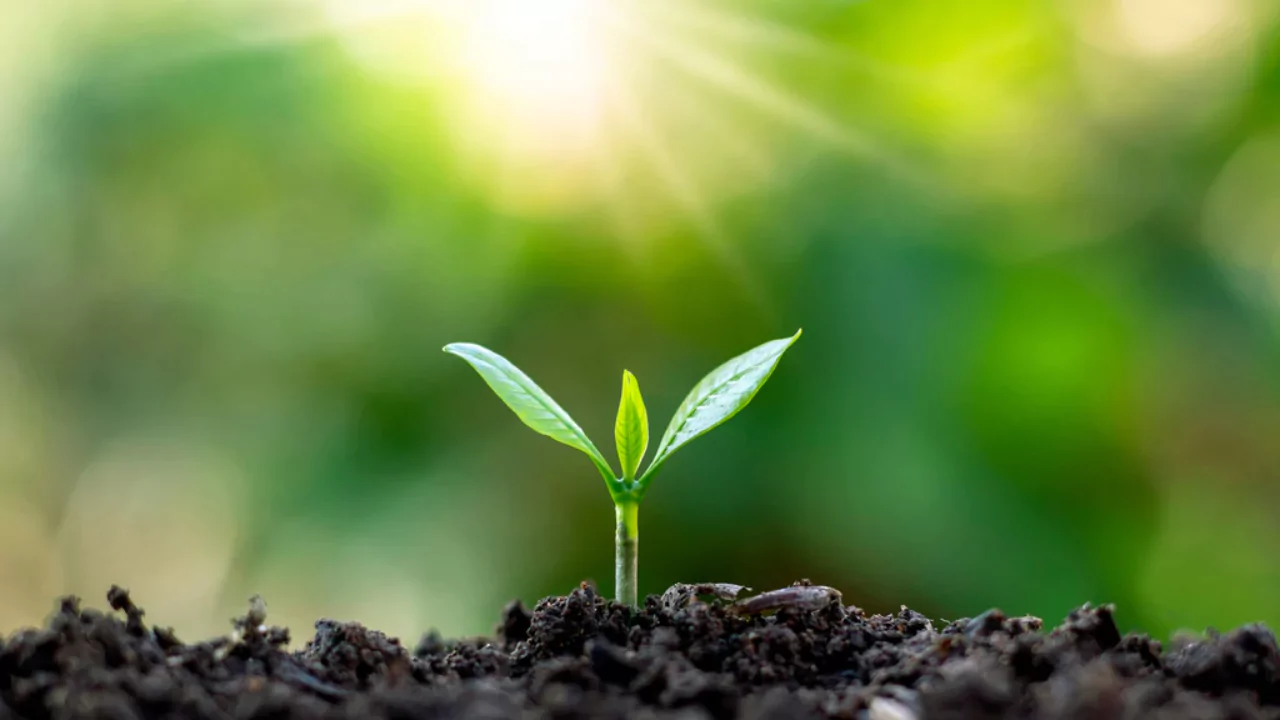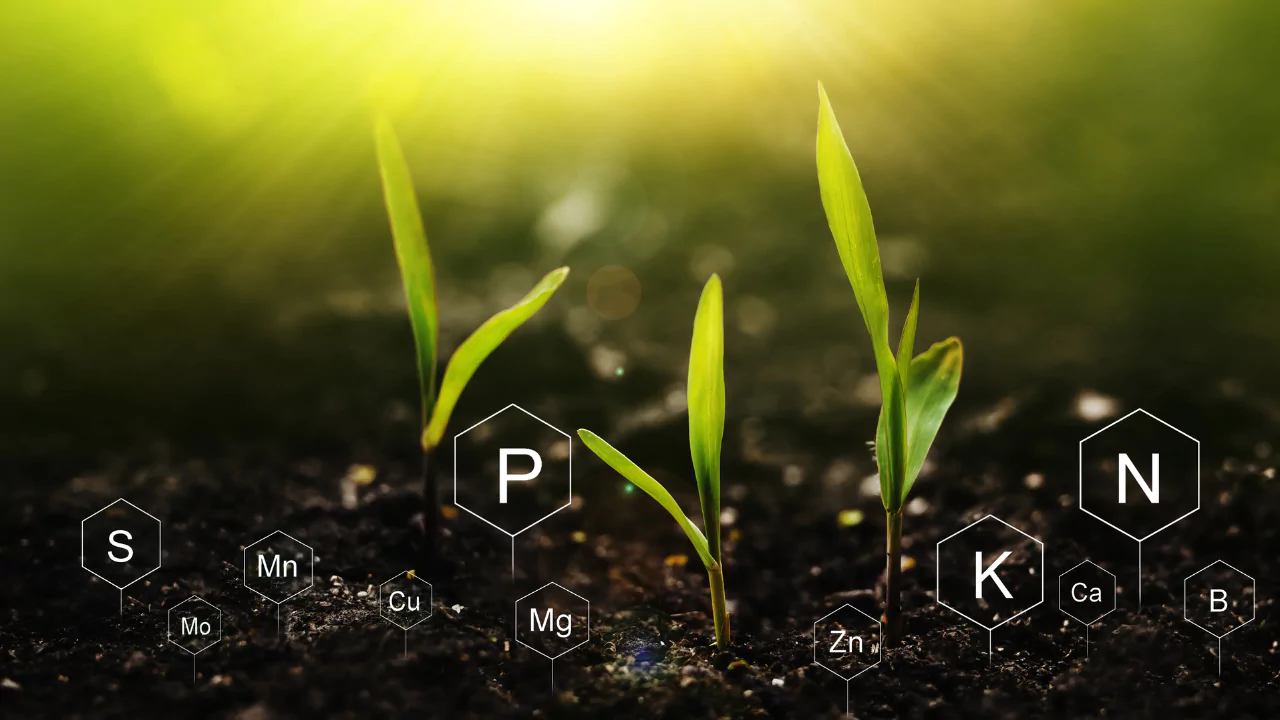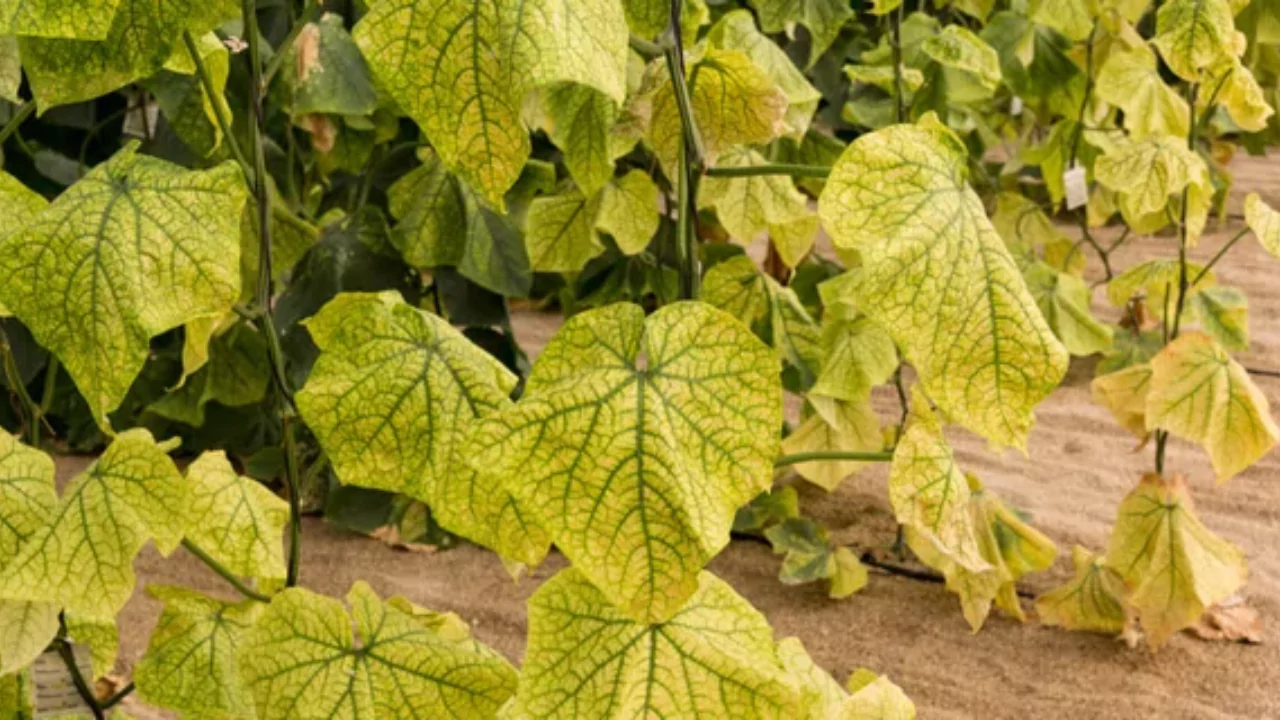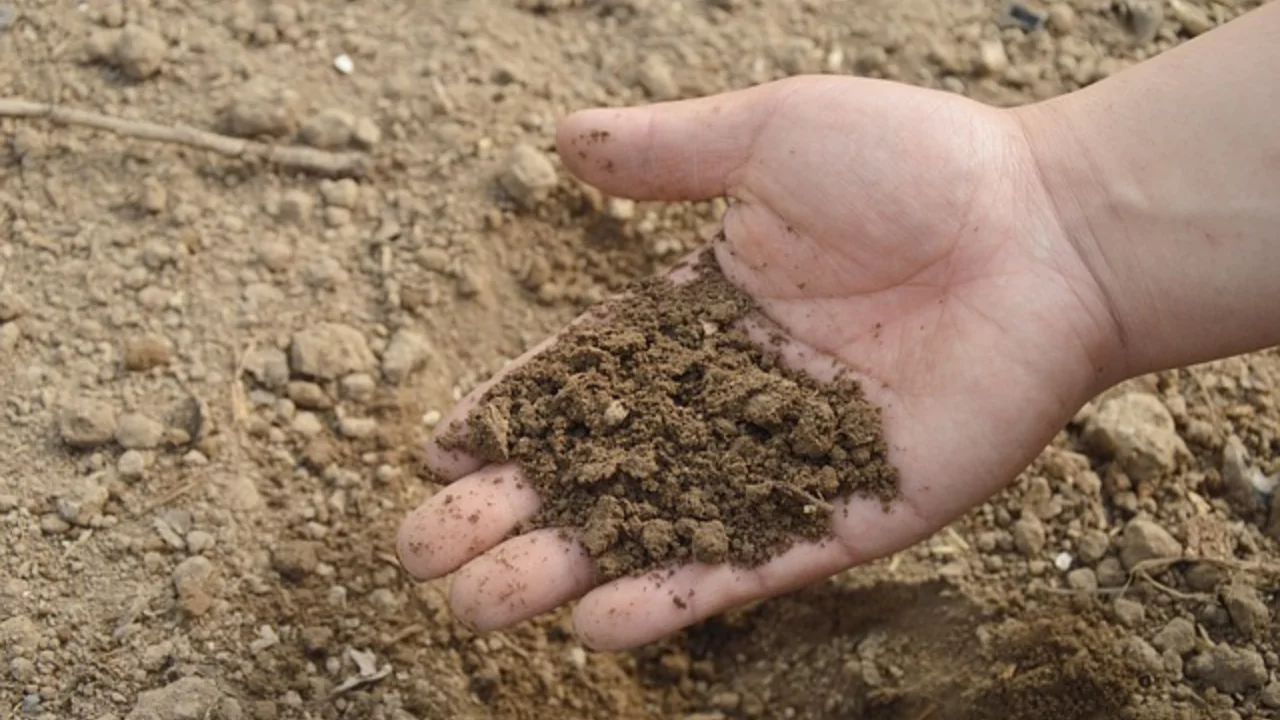
Garden soil is a complex blend of minerals, organic matter, and microbes that supply the food and support plants need to thrive. Among the many nutrients, nitrogen stands out; when it is lacking, plants almost overnight display pale leaves and sluggish, stunted growth.
If you suspect a nitrogen shortfall in your soil, it’s essential to know how to add nitrogen and employ the right correction techniques.
Nitrogen is one of the three primary nutrients plants cannot do without. You may have heard gardeners speak of NPK-nitrogen, phosphorus, and potassium. Together, these three macronutrients form the backbone of healthy plant growth.
When your garden runs low on nitrogen, the symptoms appear quickly and emphatically. Leaves turn pale, stems weaken, and growth stalls; without nitrogen, plants struggle to survive. Lets explore practical ways to replenish nitrogen and understand why this nutrient is a cornerstone of successful gardening.

7 Super Cheap ways to add Nutrients to your Soil
Why Is Nitrogen Necessary for Plants?
Plants draw on many nutrients and one of the most crucial is nitrogen. Because nitrogen forms part of the NPK trio, its role remains central to plant health.
These three elements must be present in balance, or serious problems can arise. An inadequate supply of nitrogen can slow growth, diminish yields, and weaken overall vitality.
Gardens depend on nitrogen to build plant cells from the ground up. Low nitrogen impairs the production of proteins, amino acids, and even essential DNA. When nitrogen is short, plants stop growing, develop pale leaves, and may even die because they cannot produce new cells.
Although nitrogen fills roughly 78 percent of the air we breathe, that gas form is inaccessible to green tissue. Instead, roots absorb usable nitrogen stored in the soil.
Soil Testing for Nitrogen Deficiencies
The surest way to confirm a nitrogen shortfall is with a soil test, but do-it-yourself methods rarely provide accurate results. Either purchase a commercial testing kit calibrated for laboratories or send a sample to a qualified service.
You may also check with your local extension office; many offices offer testing for a modest fee or even free of charge.
If you still wish to test at home, choose a kit available at garden centers or hardware stores, keeping in mind that it is less precise than professional analysis.
While at-home tests lack lab-level precision, they can still provide a result close enough to flag a possible nitrogen shortfall.
If you suspect your soil needs nitrogen, a test should be your opening move. Dumping extra nitrogen where levels are already fine can damage roots and scorch foliage. In severe cases, it may even kill plants you hoped to save.
Signs of a Nitrogen Deficiency

Because nitrogen plays such a key role in growth, symptoms usually appear early, especially in seedlings and tender transplants. Gardeners who watch closely are often alerted long before yields or flowering are affected.
Catch the issue at this stage, and plants typically recover with remarkable speed.
Here are some signs of nutrient deficiency.
- Slow and stunted growth
- Smaller than average leaves
- The lower leaves start to turn yellow first and might fall off from the stem.
- The upper leaves appear the usual green, but over time, the yellowing creeps up the plant.
- You’ll notice smaller than average flowers that die faster than average.
- If the plant lives to fruit, they’ll be smaller and lower quality.
How to Add Nitrogen to the Soil
Once you have confirmed a nitrogen shortage, give the soil what it needs. For the best long-term results, use organic sources, even though they demand a little more time and labor. Because they break down gradually, the nitrogen spreads through the soil more evenly.
Synthetic fertilizers work too, yet they come with a hidden cost: too much can scorch roots and leaves. If you choose this route, measure carefully and water deeply to help dilute the concentrated salts.
Here are some options to try if you need to add nitrogen to the soil in your garden beds.

Add Composted Manure
Fresh animal waste contains so much nitrogen that spreading it straight on your garden can actually scorch your plants. Because different species dung varies in strength, composting it for at least six months tames the heat and makes nutrients available.
You can mix the manure with fruit scraps, grass clippings, and other yard waste as it decomposes.
Chicken litter is the hottest, so be especially careful and always compost it first. Cow manure-and also goat and rabbit pellets-are milder, letting you work them into the soil with far lower risk of burn.
In general, the safest practice is to compost rabbit droppings-and any other manure-before spreading it on garden beds.
Compost takes time to break down and seep into the soil, so this method won’t give you instant results if you need nutrients right away. Still, it is often the best approach because the nutrients will remain available for the longest period.
Use a Green Manure Crop
These so-called cover crops are grown in beds that once held heavy feeders, and they work steadily to replenish nitrogen.
What sets a cover crop apart from, say, a row of beans or legumes is that you do not plan to harvest it. You generally sow the seeds at the start of the main growing season or during winter dormancy.
One drawback is the work involved; the gardener must mow, turn, or otherwise clear the mature plants from the plot.
Plant Nitrogen-Fixing Plants
These plants, mainly certain beans and legumes, convert atmospheric nitrogen into a form the soil can use while they are still growing. Instead of draining nutrients from the ground, they leave a surplus behind when the crop is finished.
Think about planting beans or other legumes in spots that carried heavy nitrogen-demanding crops last season.
It is wise to cut back or even skip fertilizing any garden beds or plots that grew beans last season. Giving that soil extra fertilizer could push nitrogen levels higher than your plants need.
Mix Coffee Grounds in the Soil
Are you a coffee fan? Maybe a friend at the local café will save you their used grounds.
Those grounds pack a solid dose of nitrogen. You can toss them straight into the bed or add them to the compost.
They break down slowly, but while they do, the coarse texture opens up the soil and improves drainage.
Use Fish Emulsion
A second handy nitrogen source is fish emulsion, which usually carries an NPK of roughly 5-1-1. That level feeds plants without scorching tender leaves.
Beyond nitrogen, fish emulsion delivers trace elements such as:
- Calcium
- Sodium
- Chlorine
- Sulfur
- Magnesium
Most garden centres sell it as a thick concentrate that you dilute in water before applying. A reliable starting point is to mix 2 to 3 tablespoons of fish emulsion with 1 gallon of water; then apply the mixture either directly to the soil or as a foliar spray on the leaves.
If you keep an aquarium, resist the urge to toss out the old tank water. The nutrient-rich liquid acts as a cost-free, diluted fish-emulsion substitute because it contains nitrogen released from the fish waste.
Using that aquarium water delivers nutrients to the roots almost immediately, giving plants quick access to what they need.
Spread Grass Clippings As Mulch
During summer mowing sessions, save those fresh clippings for mulch, provided your lawn has not been treated with herbicides or other chemicals.
You can spread fresh grass clippings on the surface of your garden bed to create a simple organic mulch. As they break down, the clippings slowly release nitrogen back into the soil.
Use an Actual Plant Fertilizer
Nitrogen is found in both synthetic and organic fertilizers. When you shop for one, choose a formulation with a larger first number in the N-P-K ratio. You will see that ratio printed on the bag, for example, 10-10-10 or 20-10-10.
That first number shows how much nitrogen is included, so a higher figure offers your plants a quick, noticeable lift. The trade-off is that synthetic blends can wash out rapidly or even scorch foliage if too much is applied at once.
Organic fertilizers usually feature lower numbers, but their nutrients are released more gradually.
Final Thoughts
Unlike some other nutrients, adding too much nitrogen can be quite problematic, so it’s suggested that you DON’T do all of these things. Pick what will work best in your situation – whether you need a quick fix or amend your soil for the upcoming season – and use the method that will work the best.
Always follow appropriate dosages that are recommended on any packaging.
Key Takeaways
- Nitrogen is an essential nutrient for plant growth and development. A deficiency can lead to stunted growth, smaller leaves, and lower-quality fruits.
- Signs of a nitrogen deficiency include slow growth, yellowing lower leaves, smaller flowers, and reduced fruit quality.
- To determine if your soil has a nitrogen deficiency, it is best to test it using a soil testing kit or professional services.
- To add nitrogen to the soil, consider the following methods:
a. Compost animal manure, such as chicken, cow, or rabbit droppings.
b. Plant a green manure cover crop, like clover.
c. Grow nitrogen-fixing plants, such as beans and legumes.
d. Mix coffee grounds into the soil.
e. Use fish emulsion as a fertilizer.
f. Spread fresh grass clippings as mulch.
g. Apply plant fertilizer with a high nitrogen content (first number in the NPK ratio). - Be cautious not to add too much nitrogen, as it can harm your plants. Choose the method best suited to your situation and follow recommended dosages.